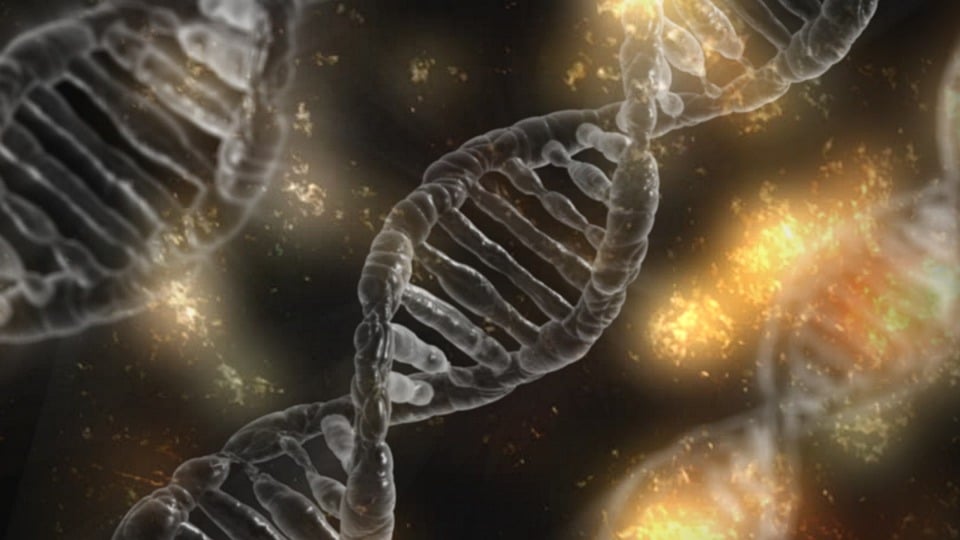In Vitro Evaluation of Monohalogenated Semicarbazones and Thiosemicarbazones as Potential Cytotoxic Agents Induction of Apoptosis and Genotoxicity
A series of halogenated Semicarbazones (SCs) and Thiosemicarbazones (TSCs) (11-30) were synthesized from mono fluorinated-, bromine- and
chlorinated acetophenones (1-10). Structures were confirmed by Nuclear Magnetic Resonance (NMR) spectral data. Both effects, thehalogenated substituent and the position of the substitution on the antiproliferative activity, were systematically investigated for the first time.Cytotoxic activity was evaluated, using tetrazolium salt method (MTT), in two murine cell lines: CT26 (colon cancer) and B16 (melanoma).
Only, o-, m- and p-fluorinated SCs and TSCs showed significant cytotoxic activity. Among them, compounds with fluorine at m-position in the
phenyl ring showed the superior antiproliferative activity. The most actives derivatives were: m-Fluoroacetophenone semicarbazone (13) (µM;
IC50 =7.2 ± 0.5, IC50=8.1 ± 0.2) and m-Fluoroacetophenone Thiosemicarbazone (23) (µM; IC50 = 3.1 ± 0.4, IC50=4.9 ± 0.5) in CT26 and B16,
respectively. In addition, studying the genes Bcl-2 and Bax, compound 23 showed apoptosis induction and non-genotoxic properties.


Comments
Post a Comment